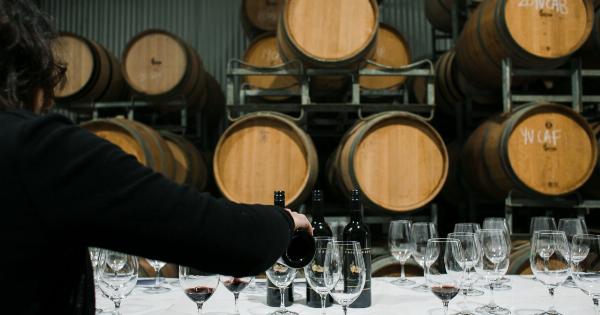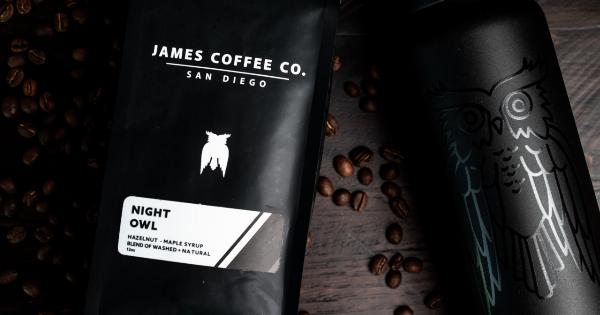When it comes to the culinary world, the topic of aged beef has been a subject of great interest and debate. Many food lovers and connoisseurs claim that the more aged the beef, the richer and more intense the flavor.
But is there any truth behind this claim? In this article, we will explore the science behind aging beef and the impact it has on the final product.
What is Aging Beef?
Aging beef is a process that involves allowing the meat to rest in controlled conditions for a certain period after it has been slaughtered and before it is ready for consumption.
During this time, enzymes in the meat break down the muscle tissues, resulting in improved tenderness and flavor development.
The Two Types of Aging
There are two main types of aging methods used in the beef industry: dry aging and wet aging.
Dry Aging
Dry aging is the traditional method of aging beef that has been practiced for centuries. In this process, whole cuts of beef are hung or placed on racks in a temperature-controlled environment with specific humidity levels.
The beef is left to age for several weeks, during which the moisture in the meat evaporates, concentrating the flavors and enhancing the meat’s tenderness.
Wet Aging
Wet aging, on the other hand, is a more modern method where the beef is vacuum-sealed in plastic and aged in its own juices. This process allows enzymes to work on the meat, improving the tenderness to some extent.
However, the flavors developed through wet aging are generally milder compared to dry aging.
The Role of Enzymes in Aging
Enzymes play a crucial role in the aging process. When an animal is slaughtered, enzymes naturally present in the meat continue to function, breaking down the connective tissues and proteins.
The two main enzymes involved in the aging process are calpain and cathepsin. These enzymes work to tenderize the meat and enhance its flavor.
Flavor Development in Aged Beef
As the beef ages, the concentration of amino acids and sugars in the meat increases. This leads to the development of complex flavors and aromas.
Additionally, during the aging process, the breakdown of fats in the meat creates compounds like free fatty acids, which contribute to the overall flavor profile.
The Importance of Marbling
Marbling refers to the fat deposits within the muscle fibers of the meat. Aged beef with a higher level of marbling tends to have better flavor and juiciness. The fat melts during cooking, infusing the meat with its rich flavor and making it more tender.
Factors Affecting the Flavor of Aged Beef
Several factors can influence the flavor of aged beef:.
1. Grade of Beef
Beef is classified into different grades based on its quality and marbling content. Higher-grade beef, such as USDA Prime, usually results in a more flavorful and tender aged product.
2. Aging Duration
The duration of the aging process has a direct impact on the flavor of the beef. Longer aging periods allow for more flavor development and increased tenderness.
3. Temperature and Humidity
The temperature and humidity levels in the aging room need to be carefully controlled. The ideal temperature range for dry aging is between 34°F to 38°F (1°C to 3°C), with humidity levels around 85%.
These conditions help create an optimal environment for the aging process.
4. Type of Cut
The type of cut also affects the flavor of aged beef. Different cuts have varying fat content and muscle structure, which can influence the tenderness and flavor development during aging.
The Myth of Dry-aging Versus Wet-aging
There has been a long-standing debate among beef enthusiasts about which aging method is superior – dry aging or wet aging.
While dry-aged beef is often praised for its concentrated flavor and tenderness, wet-aged beef can also produce flavorful results, albeit with a milder taste.
Ultimately, the choice between dry aging and wet aging comes down to personal preference. Some individuals prefer the intense and robust flavors of dry-aged beef, while others may enjoy the more subtle taste of wet-aged meat.
Conclusion
The idea that the more aged the beef, the richer the flavor has a scientific basis. Aging beef allows enzymes to tenderize the meat and develop complex flavors.
Factors such as the grade of beef, aging duration, temperature, humidity, and cut all contribute to the final flavor profile of aged beef. Whether you prefer the bold flavors of dry-aged beef or the milder taste of wet-aged meat, there is no denying that aging beef can enhance its tenderness and overall culinary experience.































